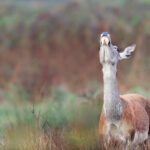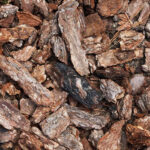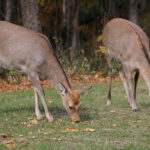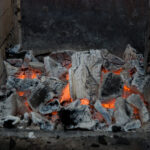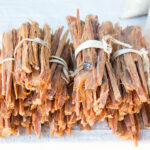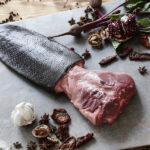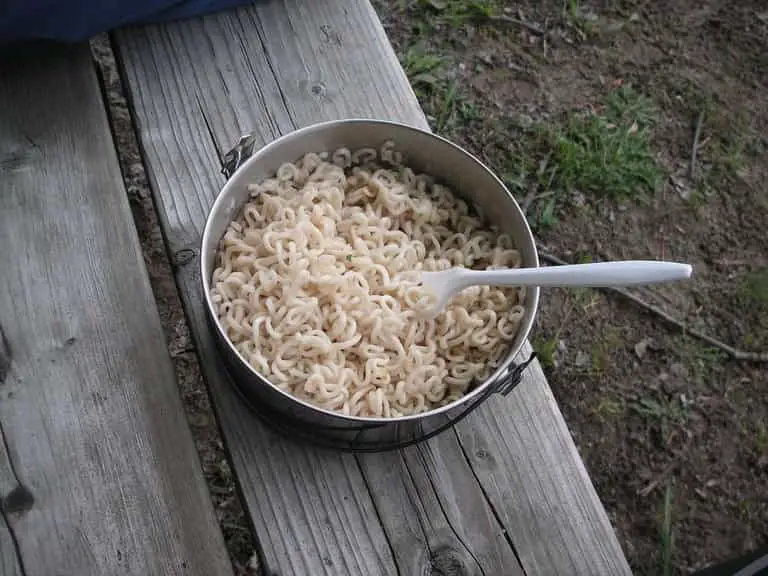
Whether your hiking, backpacking, or climbing in the mountains, pasta can be a quick and easy go-to meal packed with energy.
But, have you ever asked yourself why does pasta takes longer to cook in the mountains?
In this article, I’ll explain why, and give you some tips on how you can spend less time worrying about cooking and more time enjoying your outdoor adventure.
Table of Contents
- Why Pasta Takes Longer to Cook in the Mountains?
- High Altitude, Air Pressure, and Boiling Water
- DOs and DON’Ts for Perfect Mountain Pasta
- Frequently Asked Questions
Why Pasta Takes Longer to Cook in the Mountains?
It is a known fact that water boils at a lower temperature at higher elevations. This means that although the water is indeed boiling, it is several degrees cooler than the standard 212 degrees Fahrenheit (100 degrees Celsius) that we treat as the boiling point. The boiling pasta water is cooler than expected, so the pasta will take longer to cook.
If you want your pasta to turn out perfectly, you’ll want to know more about this phenomenon and how to adjust cooking times accordingly. This isn’t necessarily a one-size-fits-all answer, so read on to learn how to make great pasta in the mountains or anywhere else.
Whether you are cooking in a sleek modern kitchen, on a camp stove, or over a fire, the basic mechanism for cooking pasta is the same: boil it in lightly salted water until it reaches the desired texture.
Most of us refer to the directions on the box to determine the cooking time, and that’s generally a good idea…
However, when you’re cooking at high altitudes, such as when you are camping or hiking in the mountains, you’re going to have to make some adjustments to make good pasta.
No one ever likes wasting food, but it’s extra important if you’re backpacking in a rural area and there’s no easy way to just go buy a new box of noodles.
High Altitude, Air Pressure, and Boiling Water
The air pressure is lower at higher elevations (for the purposes of this article, we will consider “high altitude” to be north of 3,000 feet above sea level).
At sea level, there is 14.7 pounds of atmospheric pressure on one square inch of surface area; at 5,000 feet above sea level, there is 12.3 pounds of pressure per square inch; and at 10,000 feet, there is 10.2 pounds of pressure per square inch.
When the pressure is lower, water will boil at lower temperatures. A fair formula would be that the boiling point is reduced by slightly less than one degree for every 500 feet above sea level.
At 7,500 feet above sea level, water boils at 198 degrees Fahrenheit, which is a significant drop.
In practical terms, what this means for your pasta is that the water will boil quicker, and the pasta will cook slower since the boiling water is cooler than the standard 212-degree boiling point that kitchen scientists use to determine the optimal times for cooking pasta.
You should always cook pasta in a large pot with plenty of water, and this is even more important when you are cooking at high elevations.
You don’t want the pasta water to boil away, and you don’t want the already less-than-optimal boiling water to cool down further when you add the pasta.
A large quantity of water in a sturdy pot will be more stable than a quart of water in a saucepan. Plus, you really don’t want to scorch your cooking pot by boiling it dry.
Pasta always tastes better when it’s cooked in salted water, but adding extra salt also raises the boiling point of water.
The amount of salt that you’d have to add to raise it from the 198 degrees in our example above back up to 212 degrees would make your pasta completely unpalatable, but a few extra shakes of salt won’t hurt anything.
Don’t rely on the suggested cooking times on the box. Test your pasta as it’s cooking!
Most people prefer pasta that is cooked al dente (“to the tooth”), or firm and slightly resistant. Take a piece of pasta from the pan, rinse it in cold water, and bite down.
If it sticks to your teeth, it needs to cook more. Pasta continues to cook in the pan after you take it off the fire, so when it’s just short of perfect, remove it from the heat and drain it.
DOs and DON’Ts for Perfect Mountain Pasta
No matter whether you’re camping on the shores exactly at sea level or you’re on top of a mountain, you can make your pasta just right every time.
- DO choose the right pasta for the sauce. Delicate oil-based sauces are best with long, thin noodles, while heavy sauces go great with tube pasta or twisted pasta because the sauce will stick to the noodles.
- DO cook the right amount of pasta. Two ounces per person is a standard serving, and pasta will roughly double in size when cooked.
- DO wait until the water is at a full, rolling boil before you add the pasta to the pot. If the pasta has to wait for the water to boil again, it will get sticky and gummy.
- DON’T add oil to the pasta water. It won’t keep the noodles from sticking to each other, but it will keep the sauce from sticking to the noodles. You can toss the pasta with olive oil after draining it if you’re not going to be serving it right away.
- DO stir at least every few minutes. This will keep the pasta from clumping and it will also ensure even cooking.
- DO save a cup or so of the pasta water. This is the best way to adjust the thickness of the sauce when you are dressing the pasta.
- DON’T rinse your pasta – you will be rinsing away flavor and texture if you rinse away the starch.
- DO add your pasta to your sauce instead of vice versa. Adding pasta to hot sauce lets the pasta “finish” in the sauce and absorb the flavors.
- DO use a spider (a wide wire skimmer) to transfer the pasta to the sauce pot. It’s less messy and less dangerous than carrying a pot of boiling pasta to the sink to strain it.
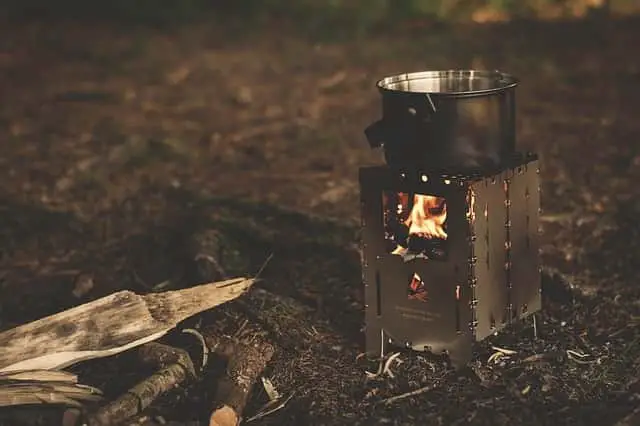
Frequently Asked Questions
Can you pre-cook pasta for backpacking?
Yes, you can pre-cook pasta for backpacking and it will be good for up to 48 hours if kept in a cool, dry place. Simply boil your pasta ahead of time, and store it in tightly sealed Ziploc bags. You can then re-heat the noodles with sauce or simply eat cold. Keep in mind that dry pasta is much lighter, so if you’re trying to save on weight, pre-cooking may not be the best option.
How do you cook pasta on the trail?
Many hikers opt for the ‘pre-soak‘ method of cooking pasta while on the trail. Simply soak your pasta in a bowl of room temperature water for 60-90 mins, or unit the noodles float. Drain the water and seal and store in your pack. Now, when you want a spaghetti dinner it will only take 1-2 minutes of boiling to reach al dente tenderness.
How do you cook pasta on a camping stove?
Many hikers and backpackers struggle with boiling a large pot of water on a camping stove. It takes a long time and is cumbersome. Next time, use your large mug! Break your pasta noodles into small 2-3 pieces, fill your mug with water and bring to a rapid boil. Then, add a lid or cover (a piece of foil works great) and let your noodles (steam), and simmer in the residual heat. It works and saves time and fuel!
Is pasta good for backpacking?
Most backpackers have a love and hate relationship with pasta. It’s a great source of carbohydrates, and it’s dirt cheap. However, it can be difficult to cook on the trail and it can get old and bland after a few nights. Despite this, it’s a common food staple in the backpacking community.
See Also: What to Pack For A Winter Cabin Trip
What do you do with pasta water when camping?
Pasta water is filled with starches from the pasta, so it makes a great base for delicious sauces. It is also perfectly fine to drink, or even re-use for 1-2 more batches of pasta or rice.
What is the quickest cooking pasta?
Any thin or small pasta will cook quickly. Angel hair and Orzo pasta can be cooked to al dente in about 5 minutes and are great to mix in with soups or sauce while on the trail.
